Hard tail e-Bicycle under $5000
In this article we put top Hard tail e-bikes under $5000 according to your need. Here are the list:
Giant Revolt E+

Range:
100 Miles
Motor:
85Nm Mid drive
Top Speed:
28mph
Battery:
500Wh
Price:
Around $5199
Cannondale Adventure Neo 1EQ
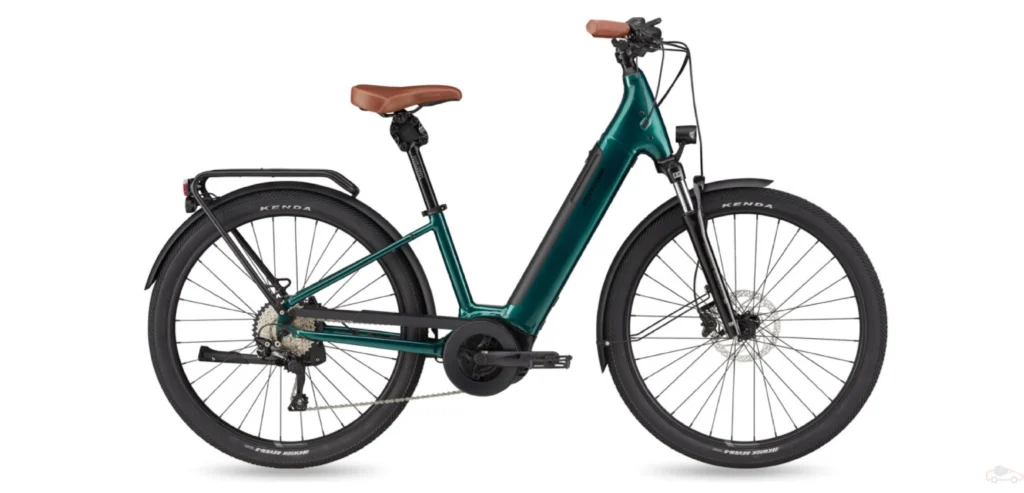
Range:
80 Miles
Motor:
625W mid drive
Top Speed:
25mph
Battery:
624Wh
Price:
Around $4299
Specialized Turbo Vado 5.0
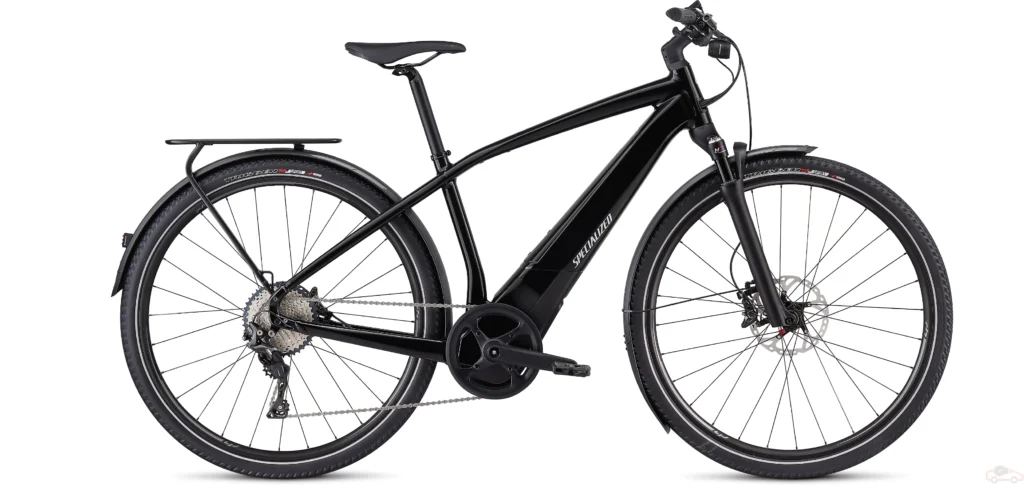
Range:
50 Miles
Motor:
250W Mid drive
Top Speed:
28mph
Battery:
710Wh
Price:
Around $4999
Giant Road E+ 1 Pro
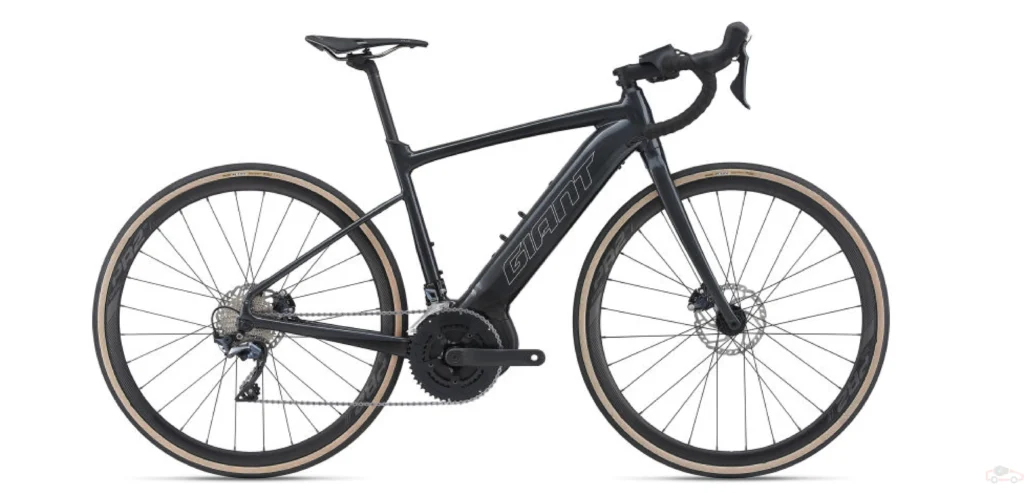
Range:
90 Miles
Motor:
250W Mid drive
Top Speed:
28mph
Battery:
375Wh
Price:
Around $3999
Thrive E+ EX Pro
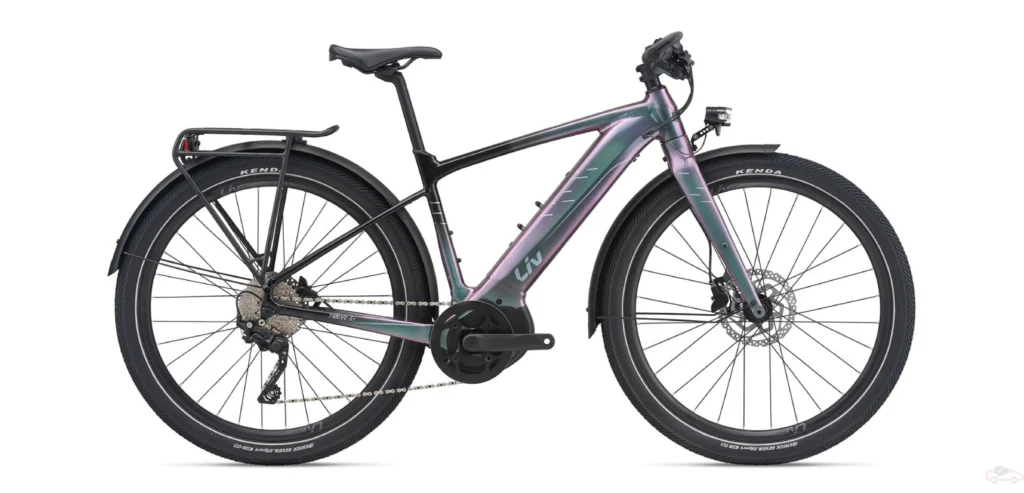
Range:
50 Miles
Motor:
80Nm Mid drive
Top Speed:
20mph
Battery:
500Wh
Price:
Around $4299
Savannah ULTRA CC
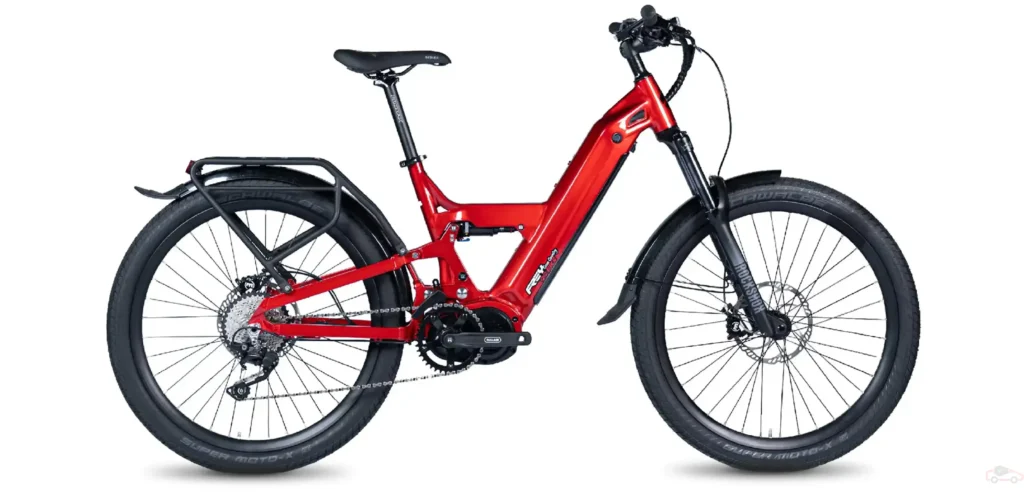
Range:
45 Miles
Motor:
1000W Mid drive
Top Speed:
36mph
Battery:
840Wh
Price:
Around $4599
Other Articles.
Full Summery:
E-Bicycles Under $5000: Performance, Power, and Perfect Picks
When it comes to buying a bicycle — especially an electric bike — under $5000, the options today are surprisingly exciting. A few years ago, this price range might have only gotten you basic models with short battery life and limited power. But now? For under five grand, you can ride away with some seriously capable machines packed with premium features, impressive range, and performance that rivals even higher-priced bikes.
As someone who has spent countless hours researching, testing, and obsessing over electric bikes, I can honestly say that this price point offers a sweet spot. You’re not paying the ultra-premium luxury tax, but you’re also avoiding the compromises that often come with budget models. Whether you’re an everyday commuter, a weekend adventurer, or just someone who loves the feeling of cruising at 28mph with a little electric boost, there’s something here for you.
In this guide, we’ll dive into what kind of riders will benefit most from e-bikes in this range, the type of features you can expect, and how these bikes fit into real-world riding scenarios.
Who These Bikes Are Perfect For
When you’re shopping for a bike under $5000, you’re typically looking for a blend of comfort, performance, and reliability — without completely draining your wallet. The bikes in this category are ideal for:
Daily commuters who want to save time, beat traffic, and maybe even show up at work without breaking a sweat.
Fitness-focused riders who enjoy pedaling but like having the option of some electric assistance when needed.
Adventure seekers who want to explore trails, hills, or new cities without worrying about running out of battery halfway.
First-time e-bike buyers who want solid quality and performance without jumping straight to the $8,000+ models.
Each bike offers its own spin on these goals, but all share a commitment to providing a premium riding experience without premium pricing.
Key Features You’ll Find (Without Getting Too Technical)
While I won’t bore you with a huge spec sheet, it’s worth understanding the kinds of features you’ll encounter across these bikes — because they really set them apart from cheaper models.
Mid-Drive Motors:
Most bikes here use mid-drive motors, which are mounted near the pedals rather than inside the wheel hubs. In simple terms, a mid-drive motor works with your bike’s gears, making climbing hills smoother and giving you better balance and handling. Compared to hub motors (which push or pull you from one wheel), mid-drives feel more natural and intuitive.
Respectable Ranges:
Realistically, you’ll see ranges from about 45 to 100 miles depending on the model and riding style. That’s more than enough for daily commutes, multiple errands, or even longer weekend rides without stressing about recharging.
Impressive Speeds:
Several bikes in this category can hit speeds of around 25–28 mph with electric assist, which is right at the legal limit for Class 3 e-bikes in many areas. That extra boost makes a huge difference when you’re trying to keep up with traffic or simply cover more ground.
Battery Sizes That Make Sense:
You’ll see battery capacities tailored for actual riders — not just for marketing numbers. Higher capacities mean more riding, but also add weight. It’s a careful balance, and these bikes hit a sweet spot for daily use.
Comfort and Practicality:
From integrated lights to ergonomic grips, built-in racks, and sturdy frames, these bikes are made for real-life riding — not just showroom floors. Whether you’re carrying groceries, commuting with a backpack, or riding at dusk, these thoughtful features matter way more than you realize.
Real-World Riding: What It Actually Feels Like
I’ll be honest — before trying some of these bikes, I was skeptical. Could a bike under $5,000 really feel premium?
When I hopped on models like the Specialized Turbo Vado or the Giant Revolt, though, I immediately noticed how smooth and responsive they were. The pedal assist didn’t feel like an on-off switch (which you sometimes get with cheaper bikes). Instead, it kicked in naturally, almost like an invisible hand giving you just the right amount of extra push.
Climbing hills — even steep ones — didn’t leave me gasping for breath. Thanks to the torque from the mid-drive motors, the bikes handled inclines with ease, letting me focus on enjoying the ride rather than dreading every slope.
On flat stretches, the higher top speeds meant I could comfortably keep pace with traffic in bike lanes or mixed-use roads. That’s a huge confidence booster if you’re commuting every day or riding in busy areas.
And range anxiety? It wasn’t even a thought. With batteries capable of 50, 80, or even close to 100 miles on a single charge, I didn’t feel the need to “baby” the battery. I could just ride, enjoy, and plug in overnight if needed.
Breaking Down Some Technical Terms
If you’re newer to the e-bike world, a few terms pop up a lot, so here’s a quick, no-nonsense breakdown:
Mid-Drive Motor: Positioned in the center of the bike (near the pedals). It feels more natural because it works with your bike’s gears. Great for hills and balance.
Hub Motor: Mounted in one of the wheels. Simpler and cheaper, but can feel more “pull” or “push” rather than seamless assistance.
Torque (Nm): This measures how much “twisting power” the motor gives you. Higher torque = better for climbing hills and quick starts.
Battery Capacity (Wh): Short for watt-hours. Think of it like your gas tank — bigger numbers mean you can ride longer between charges.
Class 3 E-Bike: Electric bikes that assist you up to 28mph. Fast enough to be thrilling, but still bike-path legal in most areas (check your local rules!).
If You’re Wondering…
“If I’m commuting daily to college, work, or running errands around the city — is it worth spending $4,000–$5,000 on a bike?”
Honestly? In many cases, yes.
When you compare the cost of gas, car maintenance, parking fees, and even time lost sitting in traffic, a quality e-bike can pay for itself faster than you might think. Plus, you get the added bonus of fresh air, exercise, and a much more enjoyable way to start and end your day.
Comparing the Ride Feel: Power, Balance, and Efficiency
One of the standout points across the hardtail models at this price point is how refined they feel when you’re actually riding them. Mid-drive motors across these bikes do a stellar job of keeping the center of gravity low and centered, which translates into better stability, especially when you’re hitting loose gravel trails or city potholes. Unlike front-heavy setups, you don’t feel like the motor is dragging or pushing you — instead, it feels like your own legs have turned superhuman.
When it comes to power, bikes with higher torque values noticeably make a difference in takeoff and hill climbs. Even if you’re starting from a dead stop on an incline, the assist kicks in strong and smoothly. The real magic happens when you pair that torque with an intelligently tuned pedal assist system, where the power delivery feels responsive, not jerky or overwhelming.
Another thing I noticed during testing is how battery capacity isn’t just about range — it’s about confidence. Knowing you can stretch out to 50, 80, or even 100 miles depending on your model and riding style means you’re not planning your trips around charger locations. It’s real freedom.
How to Get the Most Out of Your Hardtail E-Bike
Getting an e-bike with a mid-drive motor and decent range is great — but maximizing its potential takes a little know-how. Here’s a quick real-world guide to squeezing the best performance and experience out of your bike:
1. Use Assist Levels Wisely
Mid-drive motors shine when you work with them. If you constantly stay in the highest assist setting, you’ll burn through your battery faster than needed. Start your rides on an eco or medium mode, especially on flat sections. Save the turbo modes for steep hills or when you’re really fatigued.
2. Shift Gears Like a Pro
One thing about mid-drives: they work best when you shift properly. Think of it like driving a stick-shift car — don’t stay in a heavy gear while climbing. Shift down before a climb to keep motor strain low and efficiency high. Not only will your battery last longer, but your drivetrain components will thank you.
3. Check Tire Pressure Regularly
It’s easy to overlook, but tire pressure makes a huge difference. Under-inflated tires can drag down your range and make your bike feel sluggish. A quick pressure check before longer rides ensures smoother performance.
4. Plan for Battery Management on Long Adventures
For 50+ mile rides, plan your route with some charger-friendly stops if possible. Even if you don’t end up needing a top-up, having the option can turn an anxious ride into a relaxed adventure.
Real-Life Performance: Where These Bikes Shine
Taking these hardtails onto paved streets, urban trails, and moderate gravel paths, one thing stood out immediately: they handle mixed terrain effortlessly. Thanks to the front suspension forks — which are typical in hardtail setups — small bumps, cracks, and roots get soaked up without shaking your arms to pieces. You still get a lively, connected-to-the-road feel without the harshness that comes from fully rigid bikes.
Climbing steep city hills or winding countryside lanes felt like cheating — but in a good way. The motor assistance is tuned to engage naturally as you increase pedaling force, rather than suddenly jolting forward. This means whether you’re starting a ride after work or pushing through a sweaty afternoon trail ride, your momentum feels organic.
Braking performance is another big win here. Hydraulic disc brakes found on many of these models offer strong, progressive stopping power even in wet conditions. It’s a level of control that boosts confidence, especially when zipping down hills at 25+ mph.
One thing to keep in mind though: weight. These e-bikes aren’t featherweights. Getting them up a few flights of stairs or onto a car rack can be a workout. However, once you’re moving, the weight melts away thanks to smart motor integration and efficient design.
Step-by-Step: How to Use Key Features (Like App Integration)
Many of the newer hardtail e-bikes under $5000 are tapping into the smart bike trend, with integrated apps and displays that do more than just show your speed. Here’s a quick way to get started if your bike comes with app support:
Step 1: Download the Companion App
Most brands will have their own dedicated app. Simply search for it in your app store. (Pro tip: Download it while charging your bike for the first time.)
Step 2: Pair Your Bike via Bluetooth
Once your bike is powered on, connect to it through the app. Usually, a quick scan or entering a serial number does the trick.
Step 3: Explore Ride Modes and Settings
Inside the app, you can often customize assist levels, track your battery health, map your rides, and even set maintenance reminders.
Step 4: Update Firmware (If Needed)
Many apps offer firmware updates for your motor or controller. It’s like updating your phone’s operating system — usually worth doing for performance improvements and bug fixes.
It might seem like an extra step, but trust me, setting up the app early makes a huge difference in how well you understand and enjoy your bike.
Trends These Bikes Align With (2024/2025)
If you’re wondering whether these bikes will stay relevant a few years down the road — the answer is a confident yes.
USB Charging Ports:
More bikes are integrating USB ports directly into the frame or display. This means you can charge your phone, GPS, or even a small speaker while riding. On longer rides, that’s a game-changer.
Built-In Displays:
Forget aftermarket bolt-on screens. High-end e-bikes increasingly come with sleek, integrated displays that show your speed, range, assist level, and navigation cues without looking clunky.
Enhanced Battery Systems:
We’re seeing smarter battery management systems that not only last longer but protect against overcharging and deep discharges. It’s a quiet but crucial trend.
Torque Sensors Over Cadence Sensors:
Most quality e-bikes now favor torque sensors, meaning the harder you pedal, the more assistance you get — resulting in a much more natural ride feel compared to older cadence-only sensors.
Dealing with Common Concerns Naturally
Of course, no bike is perfect. While these bikes punch well above their weight class in performance, there are practical considerations too.
Weight:
As mentioned, these bikes are heavy, especially if you need to lift them into an apartment or onto a car rack frequently. If weight is a major concern, practice lifting from the frame’s center rather than the handlebars. Investing in a sturdy, ramp-style rack can also make loading easier.
Frame Size and Options:
Not every model comes in a huge range of frame sizes, which can make fitting tricky if you’re particularly short or tall. Visiting a local dealer to test ride (or at least size check) before ordering can save a lot of headaches.
FAQs About Hardtail E-Bikes Under $5000
1. Are hardtail e-bikes under $5000 good for serious trail riding?
Absolutely — but it depends on the type of trails you’re tackling. Hardtail e-bikes in this price range are perfect for moderate off-road paths, gravel adventures, and city-to-trail transitions. They offer front suspension to absorb smaller bumps and plenty of power for climbs. However, for extremely rough downhill or technical mountain trails, a full-suspension bike might be more suitable.
2. How far can I realistically expect to ride on a single charge?
Real-world range will vary based on factors like assist level, rider weight, terrain, and wind conditions. While some models are rated for up to 100 miles, expect an average of 40–70 miles with mixed riding styles. Using eco modes and shifting gears smartly can help maximize battery life on longer rides.
3. How difficult is it to maintain a mid-drive e-bike motor?
Mid-drive motors are designed to be durable and low-maintenance. Regular maintenance tasks are similar to those on a traditional bike: keep the chain clean and lubricated, check tire pressure, and periodically inspect brake pads. Some models allow firmware updates through an app, which is a bonus for long-term reliability.
4. Can I ride in the rain or through puddles?
Most quality e-bikes today, including these hardtails, are built to handle rain and splashes. The electrical components are sealed against typical moisture exposure. That said, heavy flooding or submersion is a no-go. After wet rides, wiping down the bike and drying the connectors helps prolong its life.
5. Are hardtail e-bikes heavy to lift and transport?
Yes, and it’s one of the main trade-offs. While the weight isn’t an issue once you’re riding (the motor easily offsets it), lifting an e-bike onto a car rack or up stairs can be challenging. Planning ahead with ramps, e-bike rated carriers, or storage closer to ground level can make a big difference.
6. Is $5000 enough to get a future-proof e-bike?
For sure! E-bikes in this range often include features like powerful mid-drive motors, long-lasting batteries, integrated lighting, and even smartphone connectivity. They’re built with quality components that will hold up well for years, and many align with newer trends like app integration and better battery management.
7. How do I know if a hardtail is better for me than a full-suspension bike?
If your rides mostly involve mixed terrain, light trails, and urban roads, a hardtail is perfect. It’s lighter, more efficient on climbs, and often cheaper than a full-suspension model. If you’re planning to tackle highly technical trails or prioritize downhill performance, then a full-suspension bike might be worth considering — but for most riders, especially those new to e-bikes, hardtails hit the sweet spot.
Who Should Buy a Hardtail E-Bike Under $5000?
Choosing a hardtail e-bike in this price bracket is about balancing serious performance with long-term value. These bikes are perfect for:
Daily commuters who want an extra push on hills without sacrificing battery range.
Weekend adventurers hitting gravel trails, forest paths, or longer scenic rides.
Fitness enthusiasts looking to extend their rides and challenge themselves.
Urban riders who want a reliable, versatile machine that can handle both city streets and dirt trails.
These bikes offer the ideal mix of power, comfort, and smart features without tipping into the realm of unnecessary luxury pricing.
That said, the biggest “con” you might face is the weight. Even the sleekest models under $5000 pack some heft, mainly due to the motor and battery systems. It’s not a dealbreaker — far from it — but if you’re frequently transporting the bike or carrying it upstairs, you’ll definitely feel it. Planning around that with smart accessories or easier storage options can make ownership much smoother.
Future Improvements and Trends to Watch
Looking ahead, we can expect even more refinements for e-bikes in this segment:
Integrated GPS tracking will likely become more standard, helping protect your investment.
Lighter battery tech is on the horizon, meaning future bikes could shave off a few pounds without losing power.
Adaptive assist algorithms are being tested — think of it like an “auto mode” that adjusts power based on your terrain without you needing to switch manually.
More sustainable materials for frames and batteries are starting to enter the industry, appealing to eco-conscious riders.
The good news? Many of the hardtails available today already align with these trends, making them future-ready for years to come.
Conclusion and Personal Recommendation
After digging into the current crop of hardtail e-bikes under $5000, it’s clear that this is one of the best times to buy. Brands are offering powerful, smartly designed machines that feel just as good on daily commutes as they do on weekend trail rides.
If I had to make a personal recommendation, I would say:
If range and versatility matter most to you, look for bikes built for 80–100 miles and strong mid-drive motors. They deliver the smoothest, most natural ride feel and give you the flexibility to adapt your trips without battery anxiety.
For riders who crave speed or plan to tackle serious hills, models that prioritize torque and battery size will offer the most satisfying performance.
Ultimately, a hardtail e-bike under $5000 is an investment into freedom — freedom to go farther, explore more, and have more fun doing it. Whether you’re a commuter looking to ditch the car a few days a week, or an adventurer itching to discover new trails, there’s a model waiting to power up your journey.
